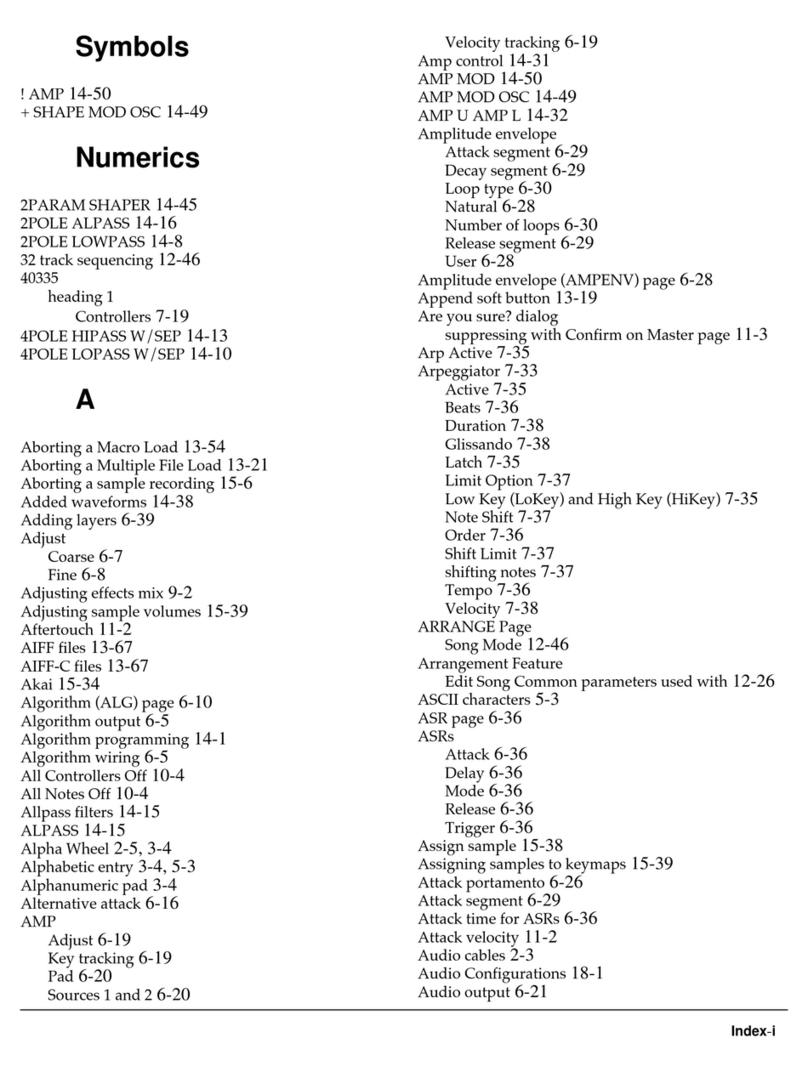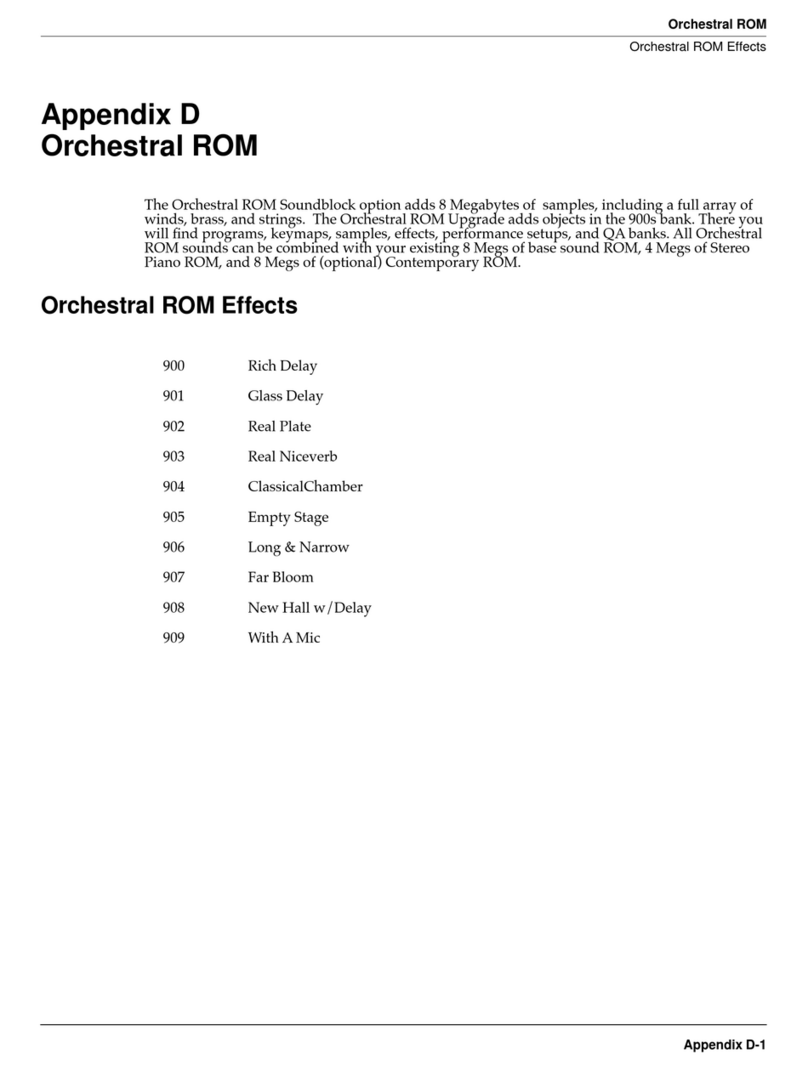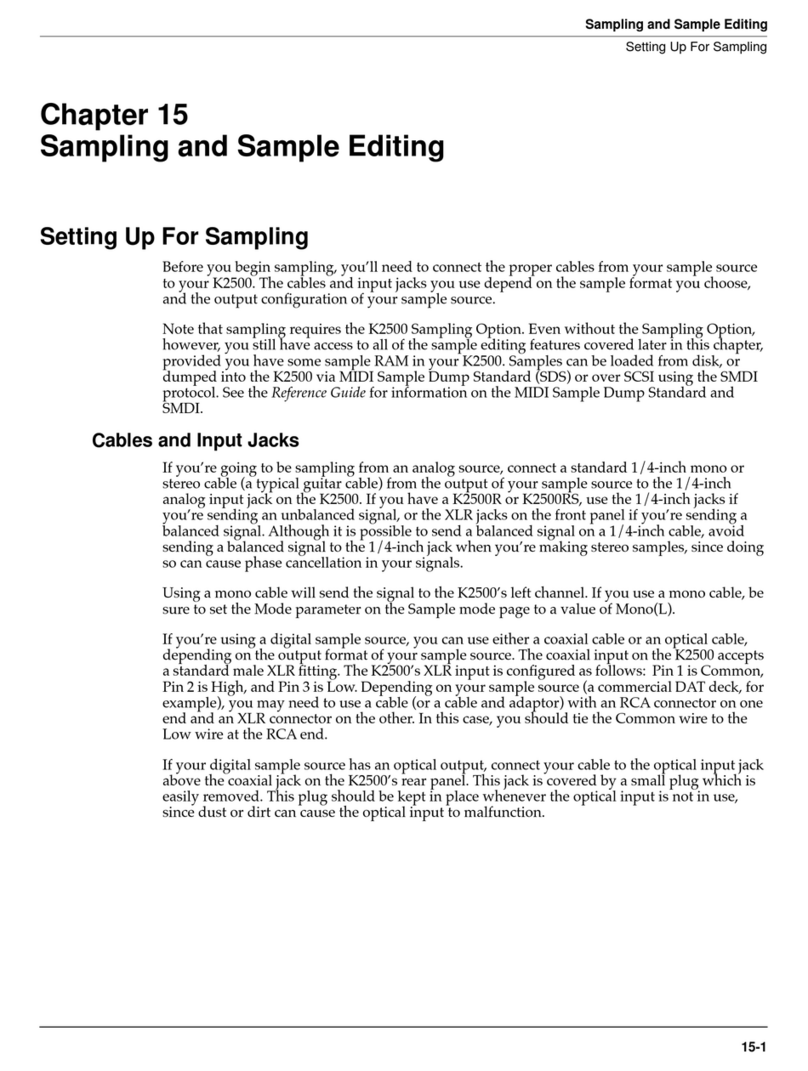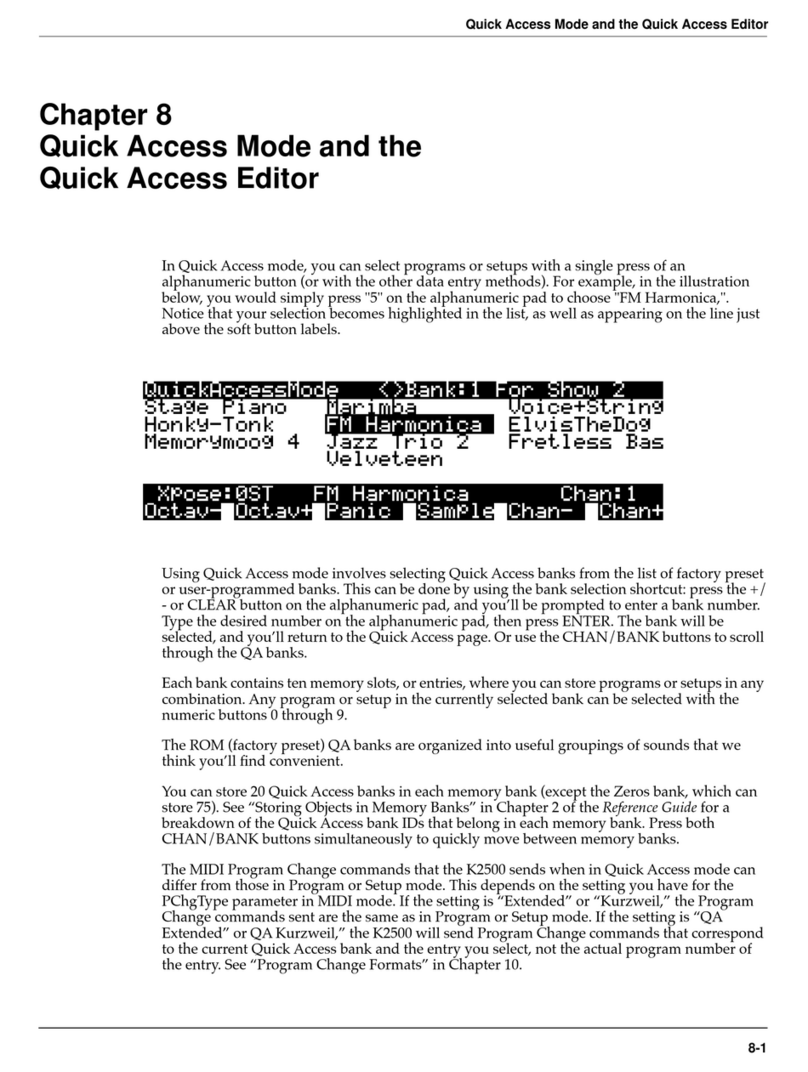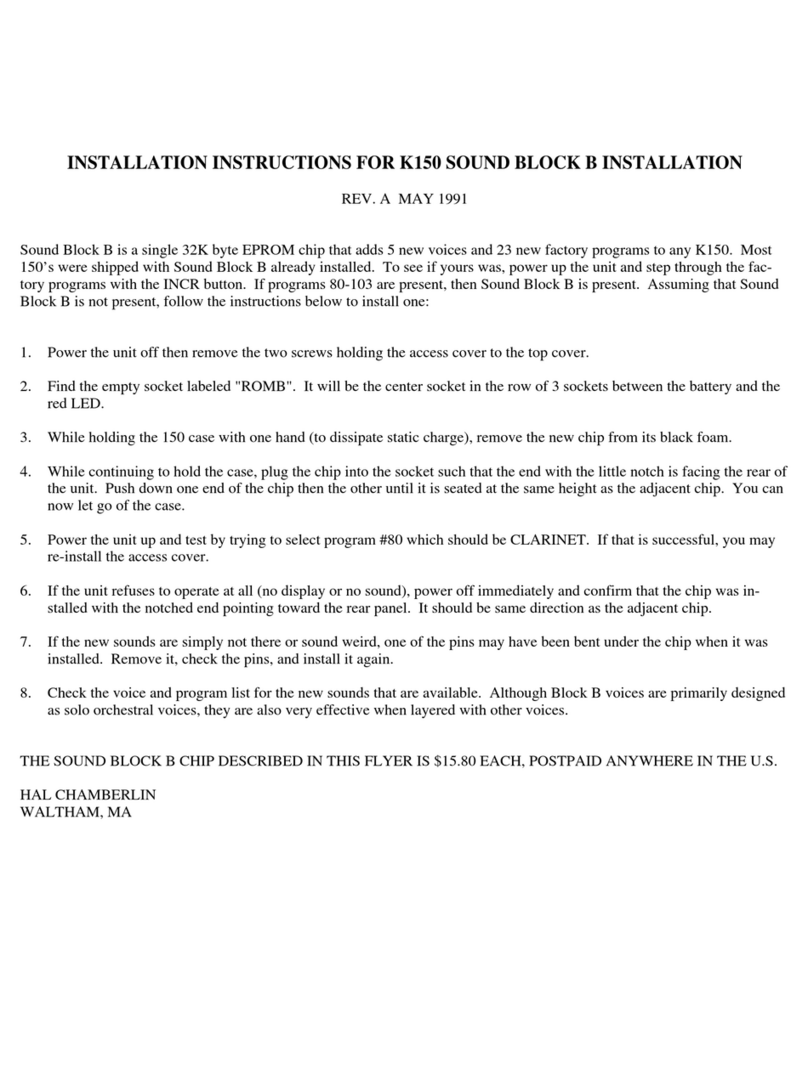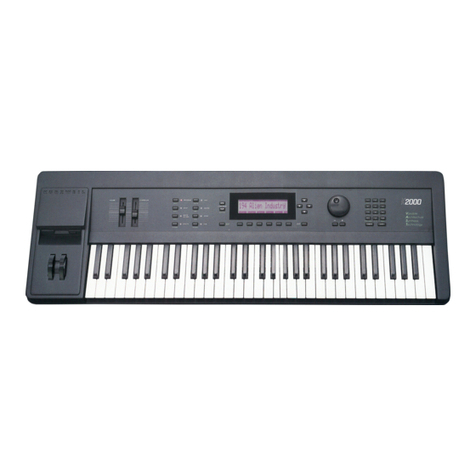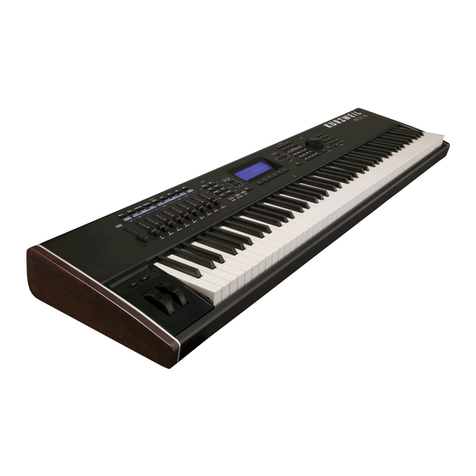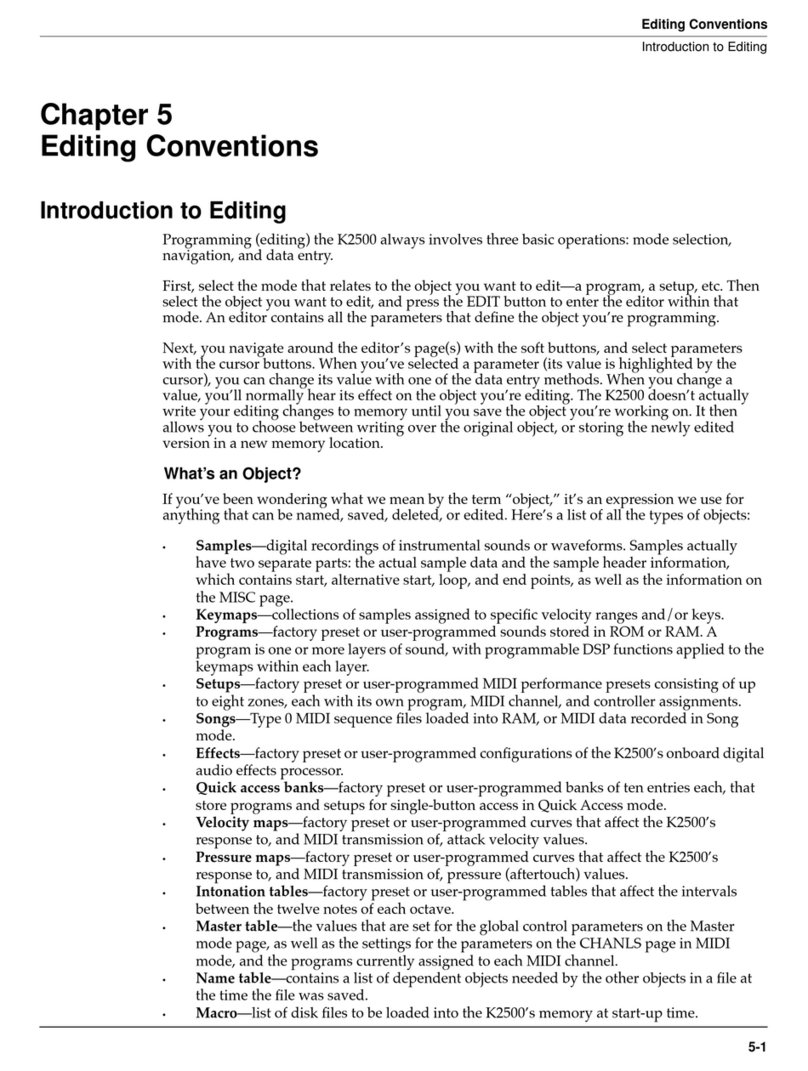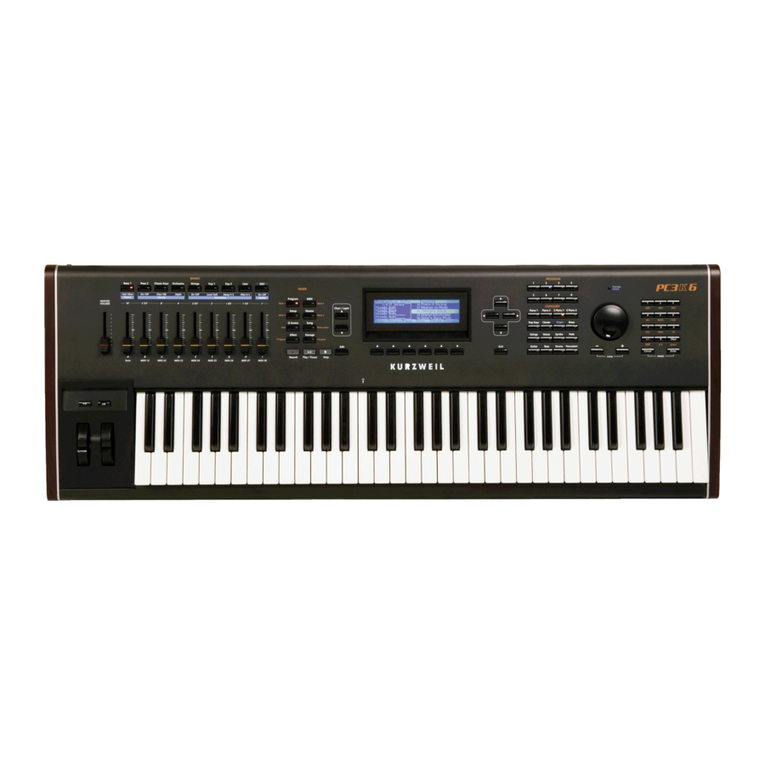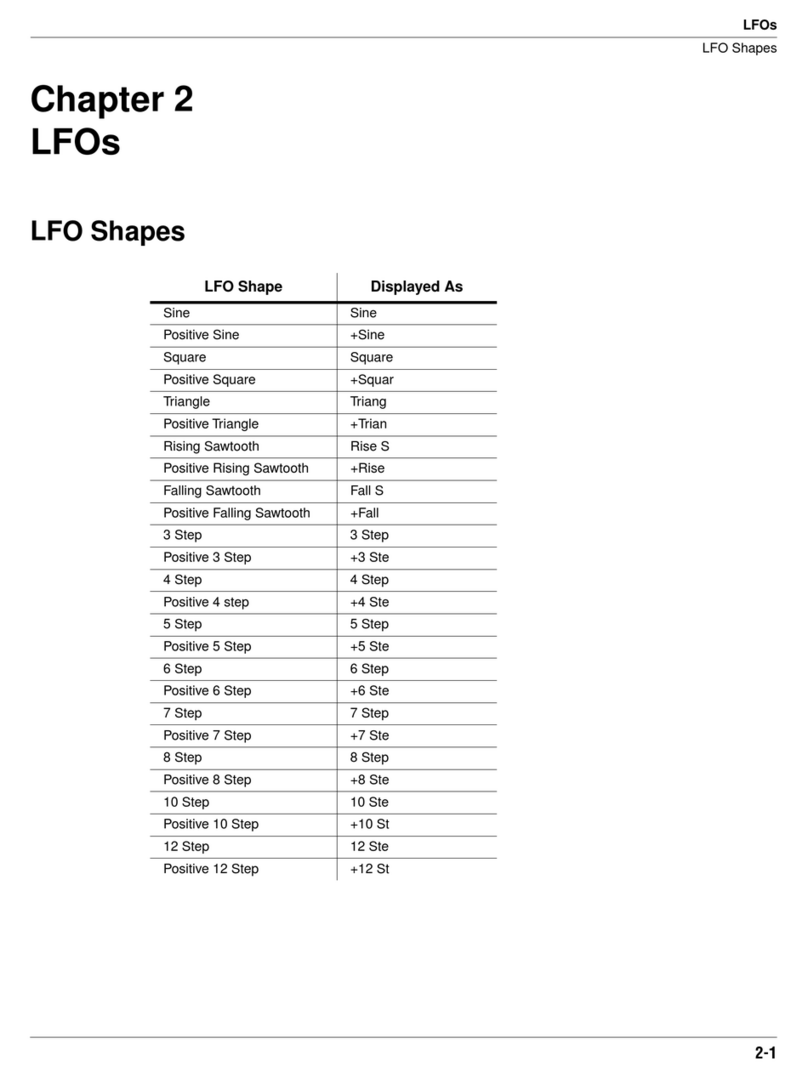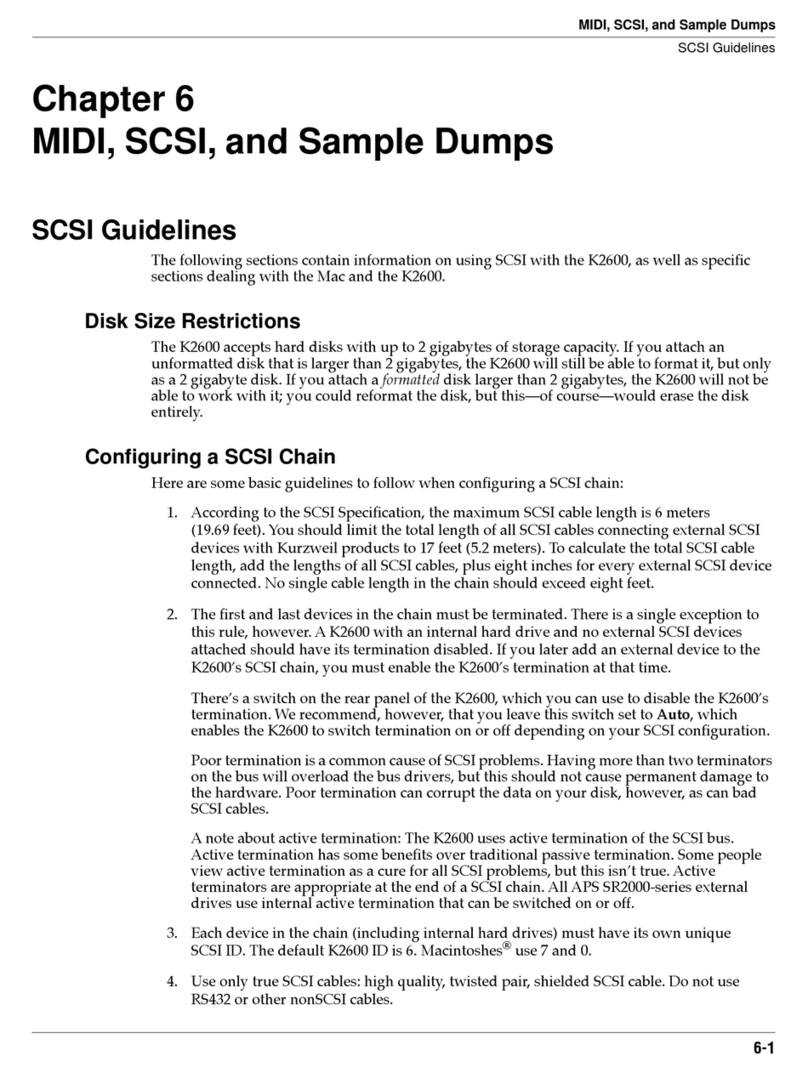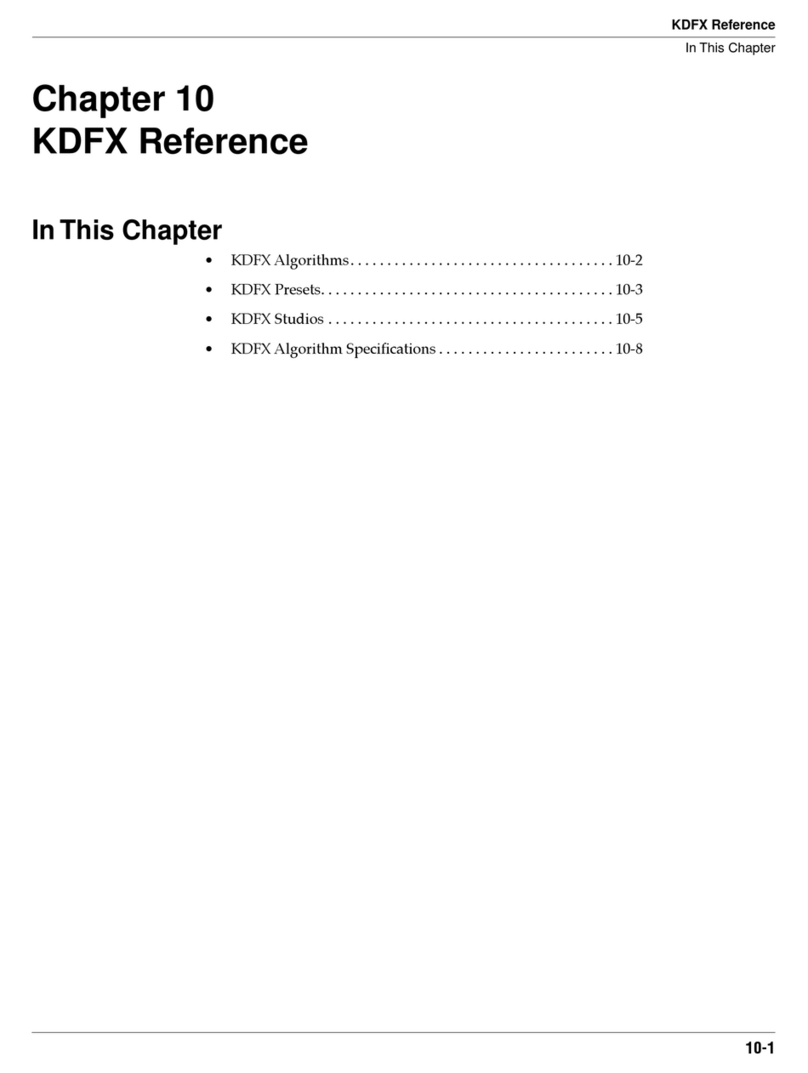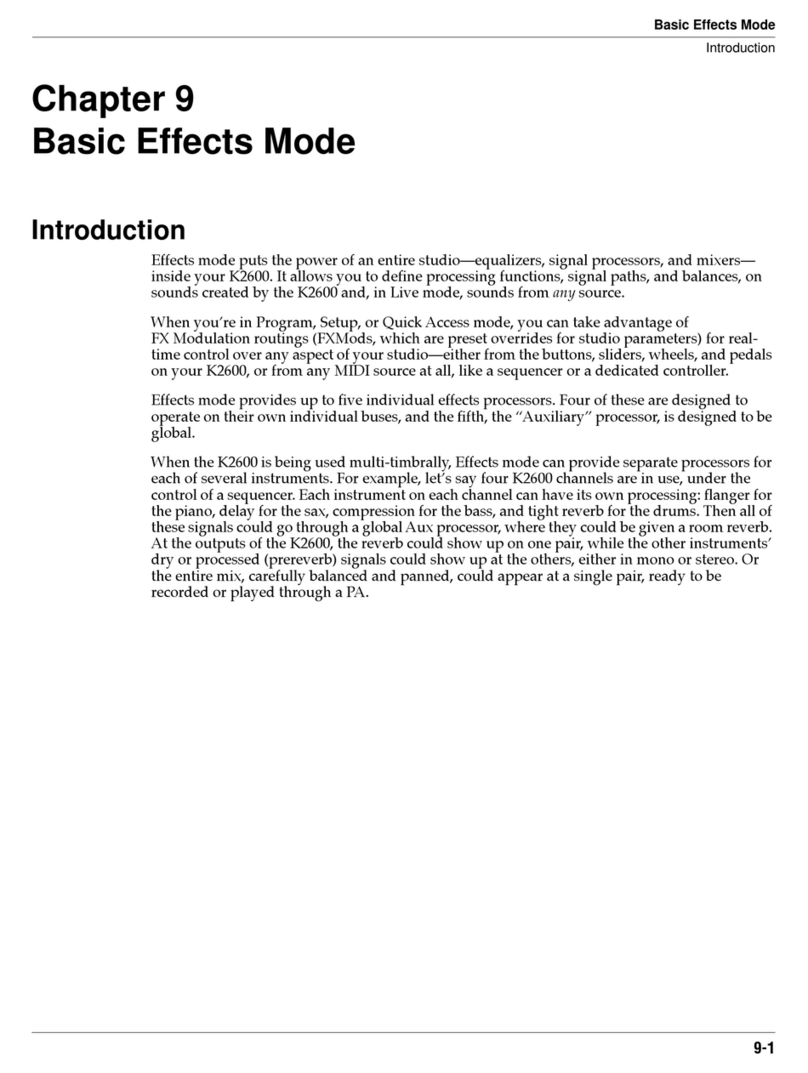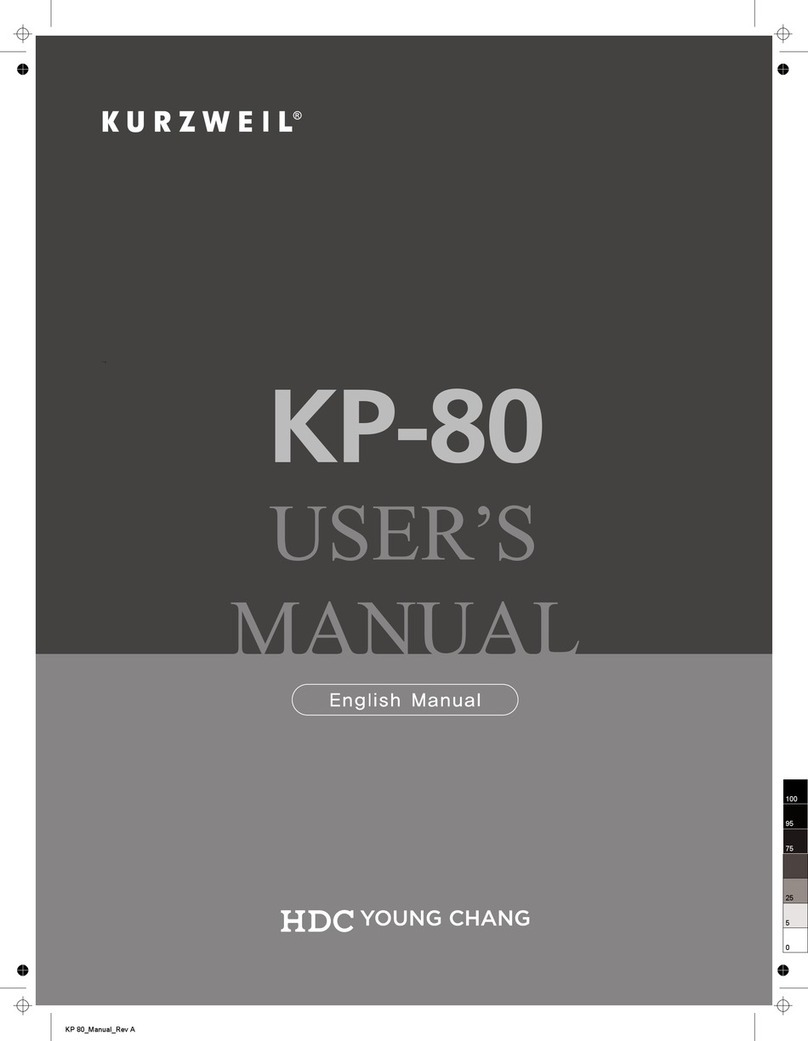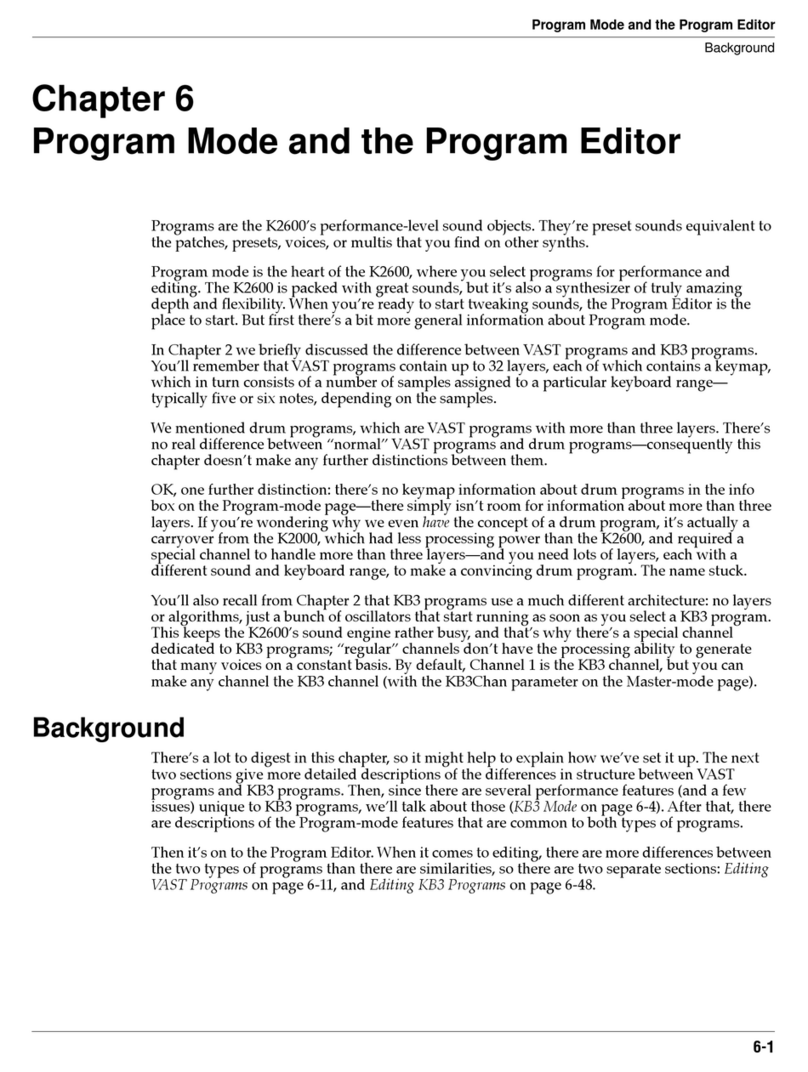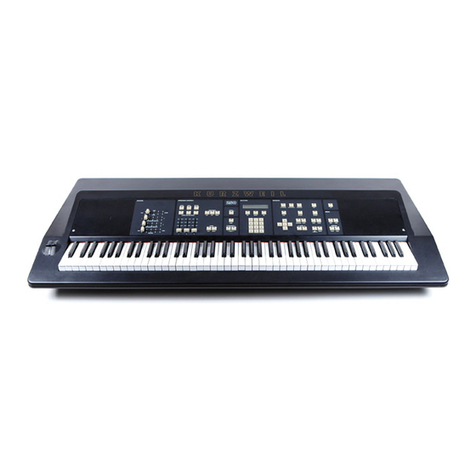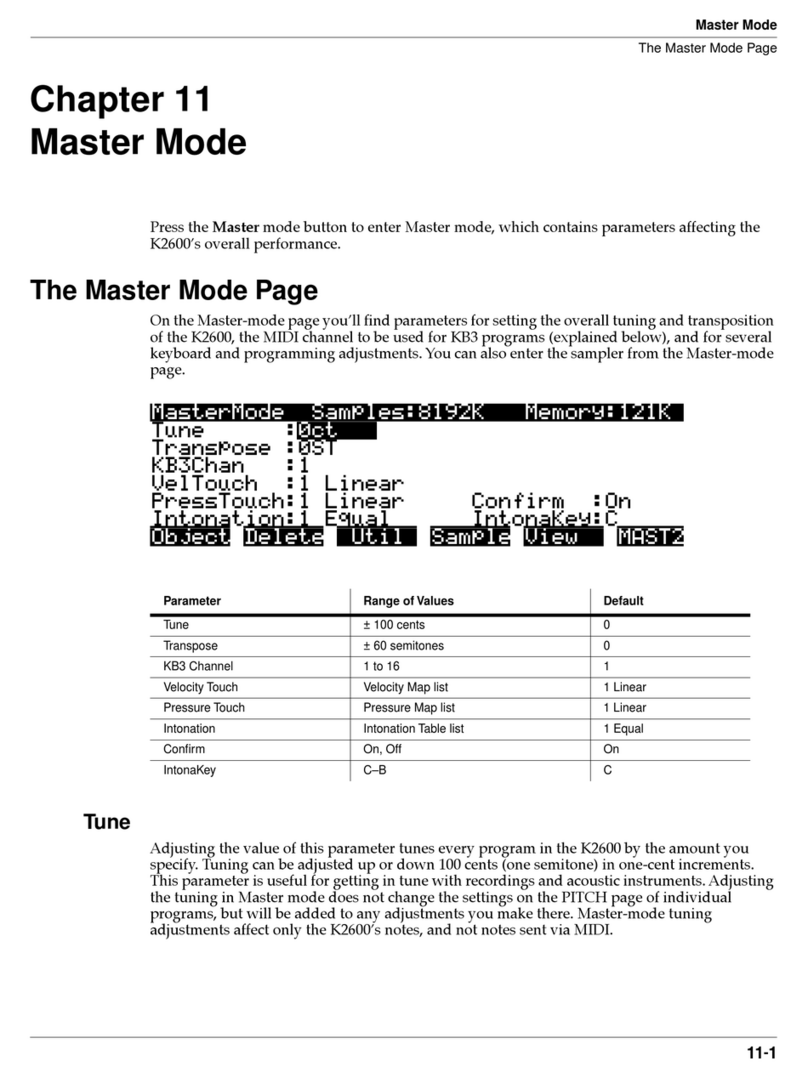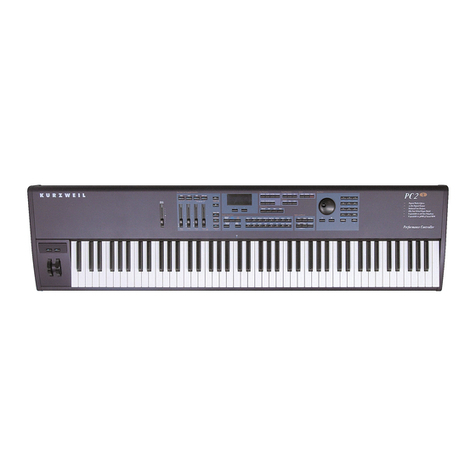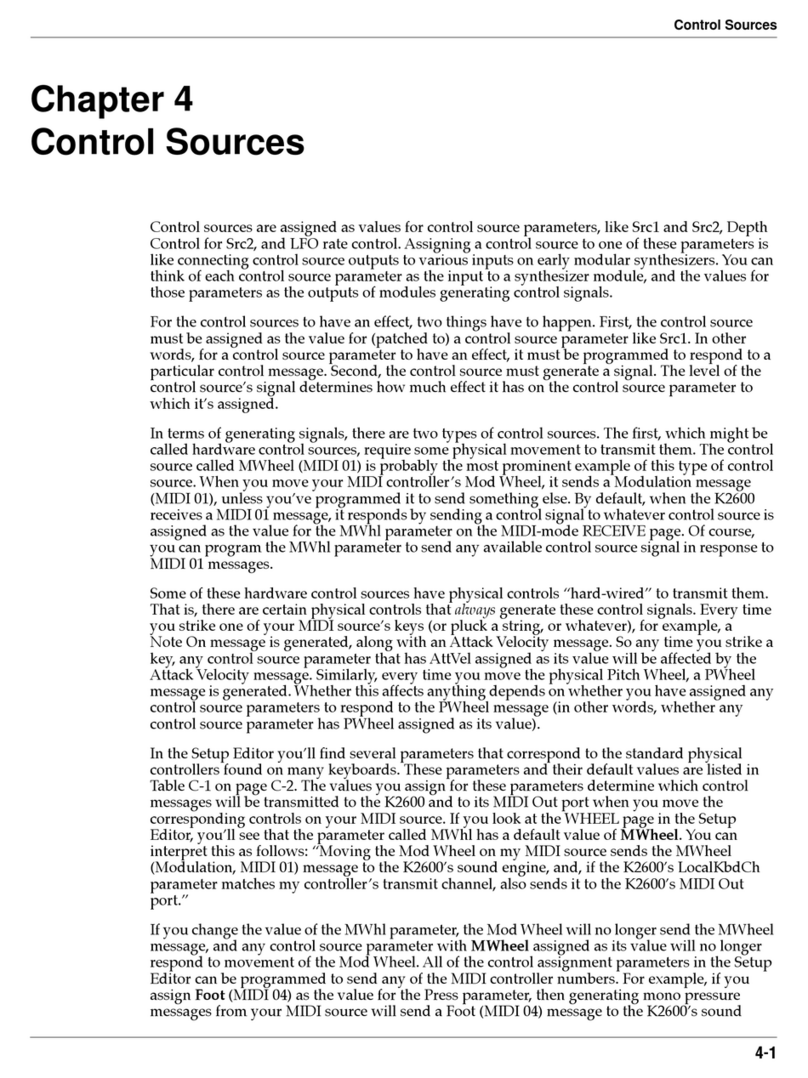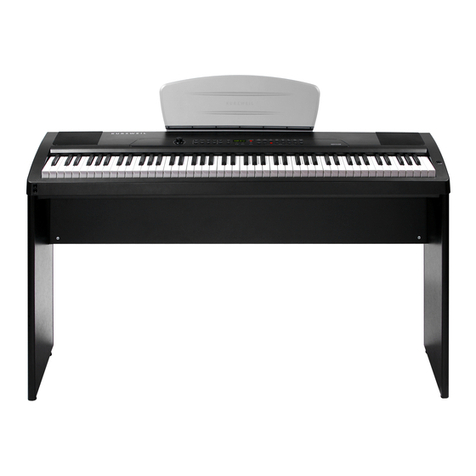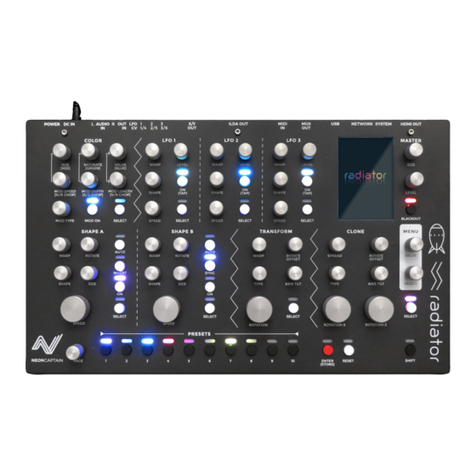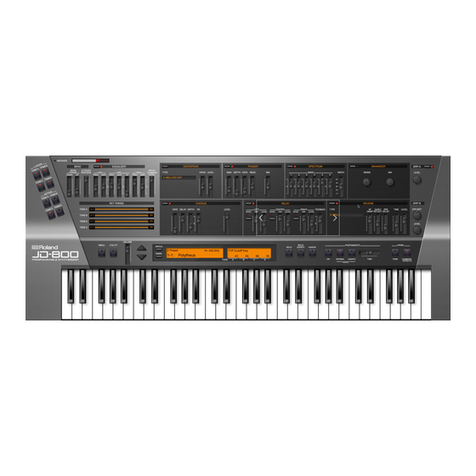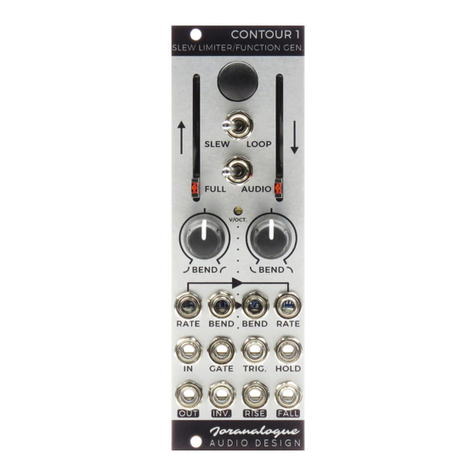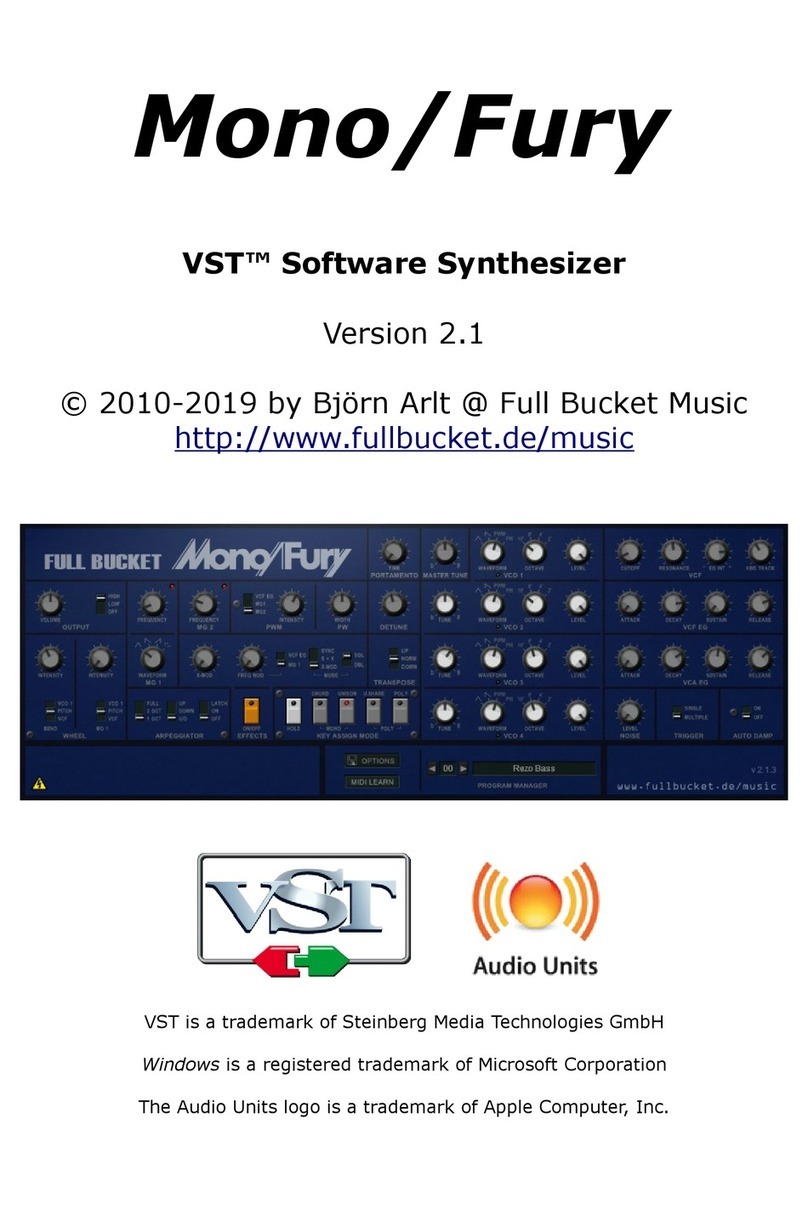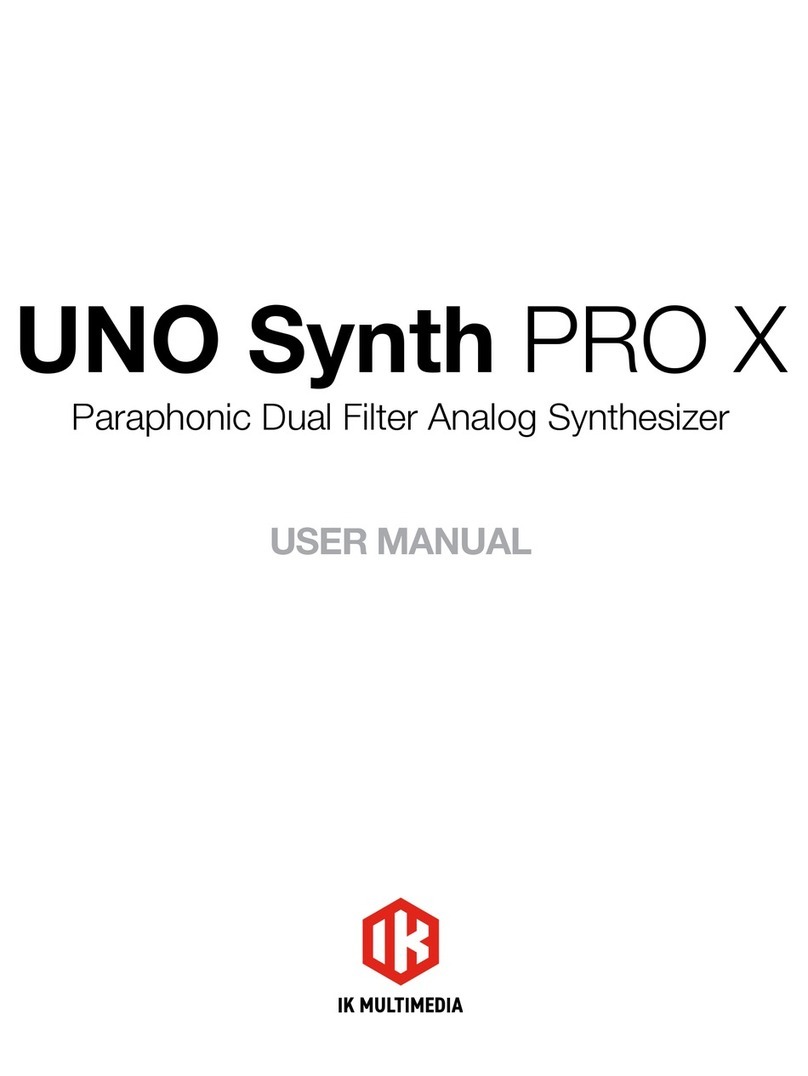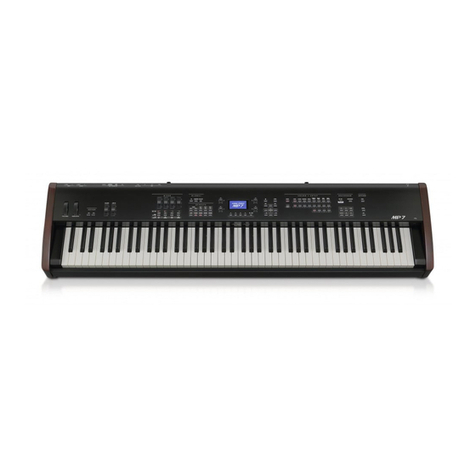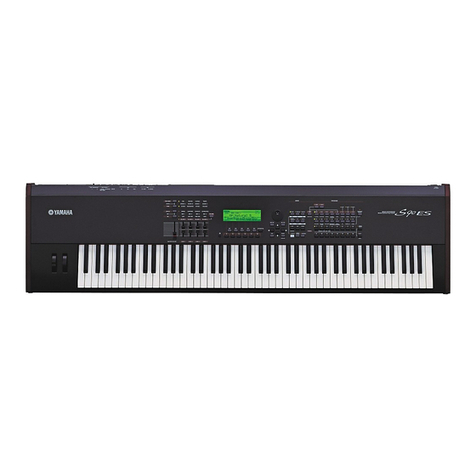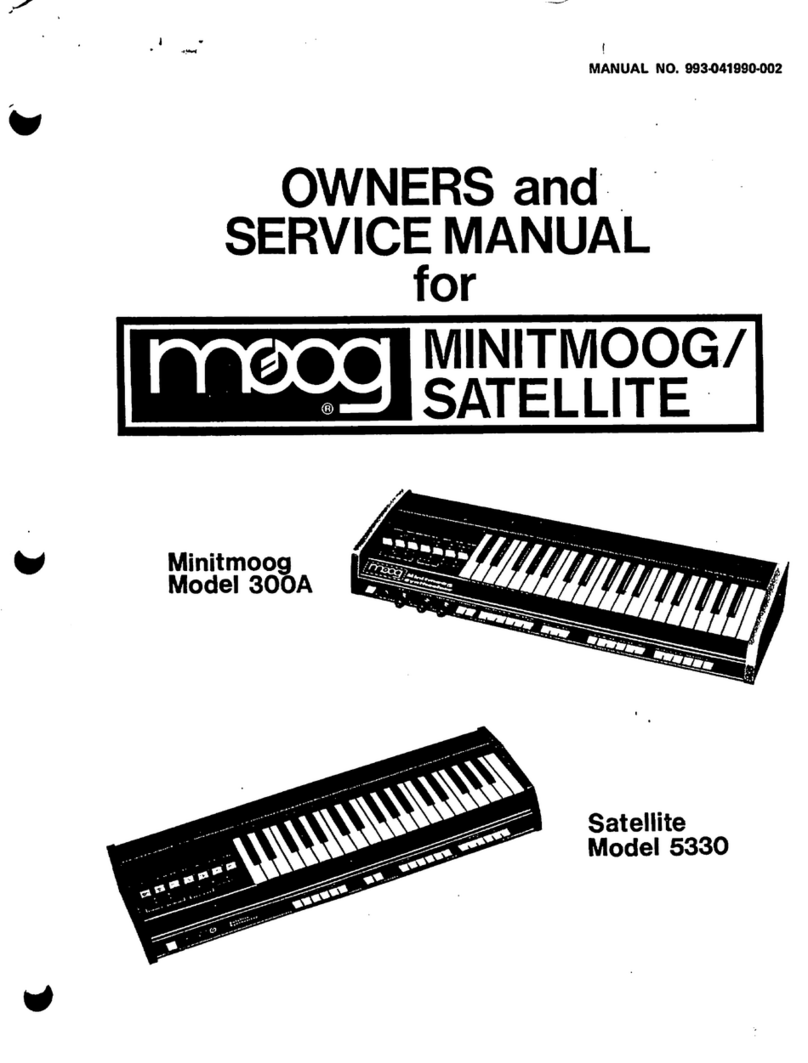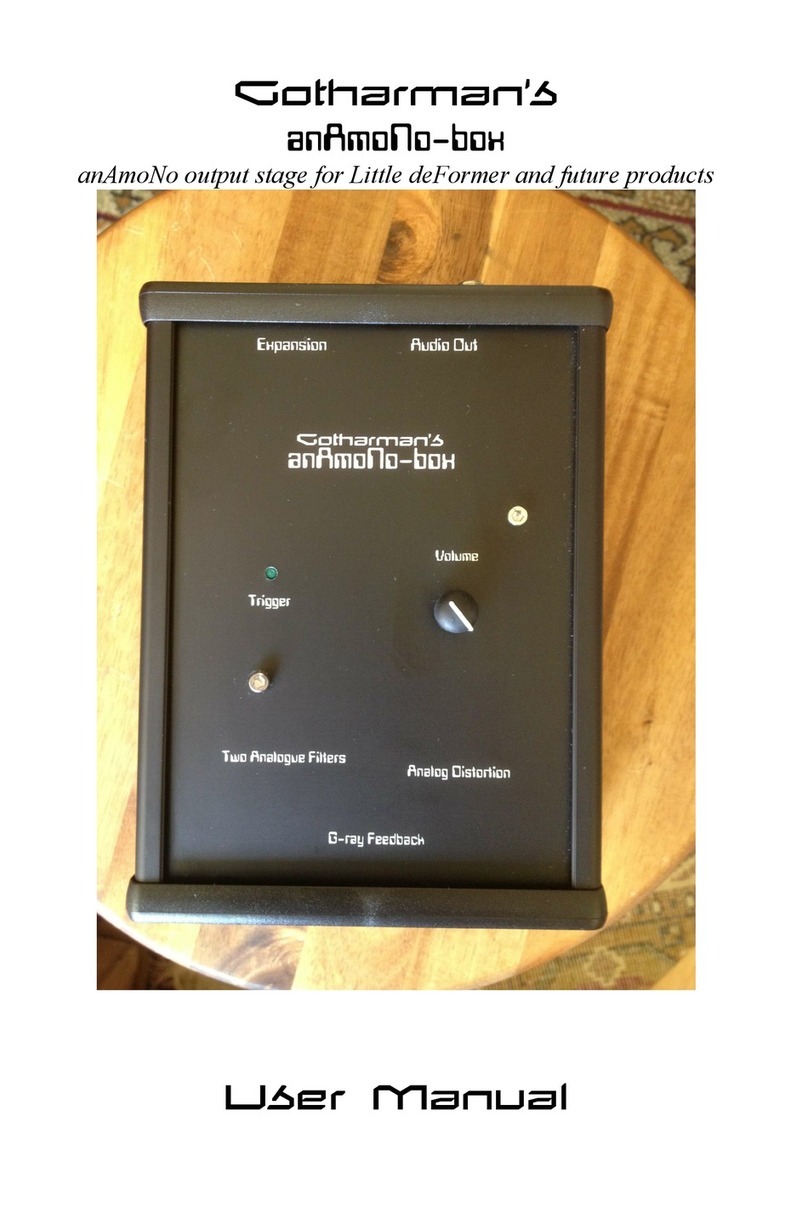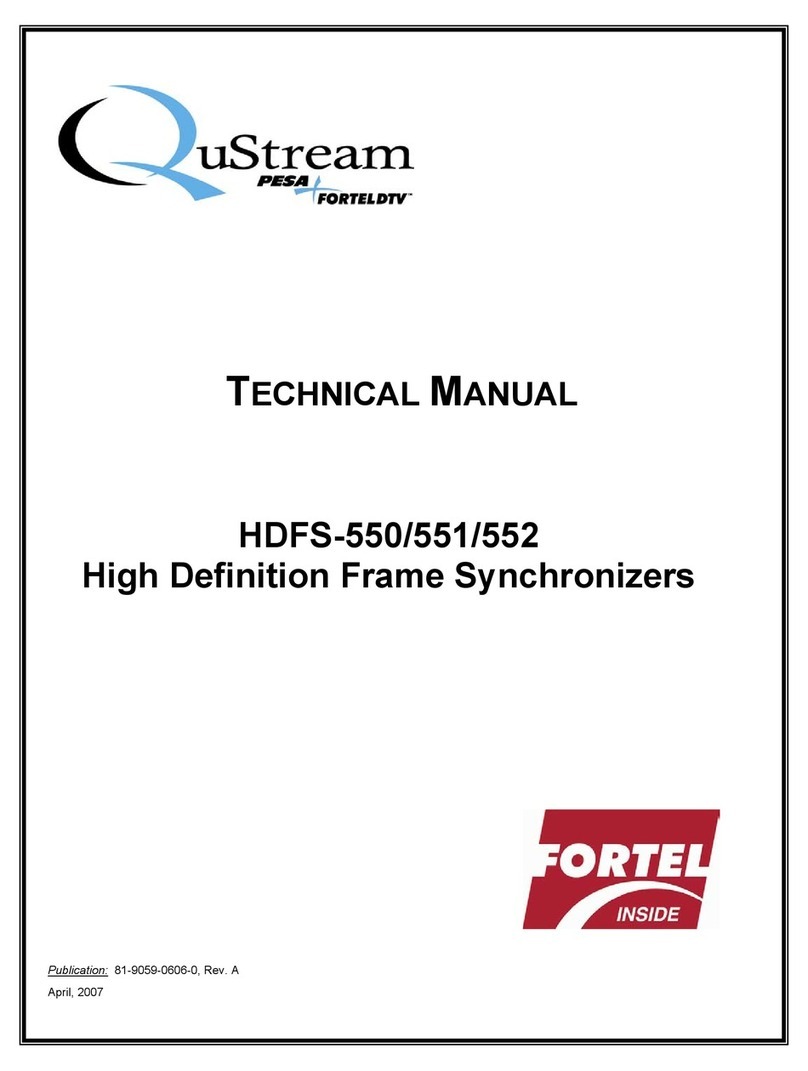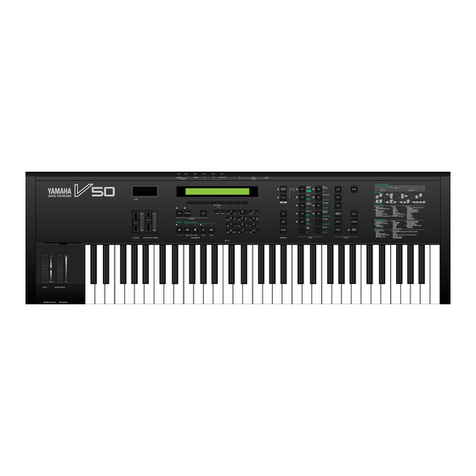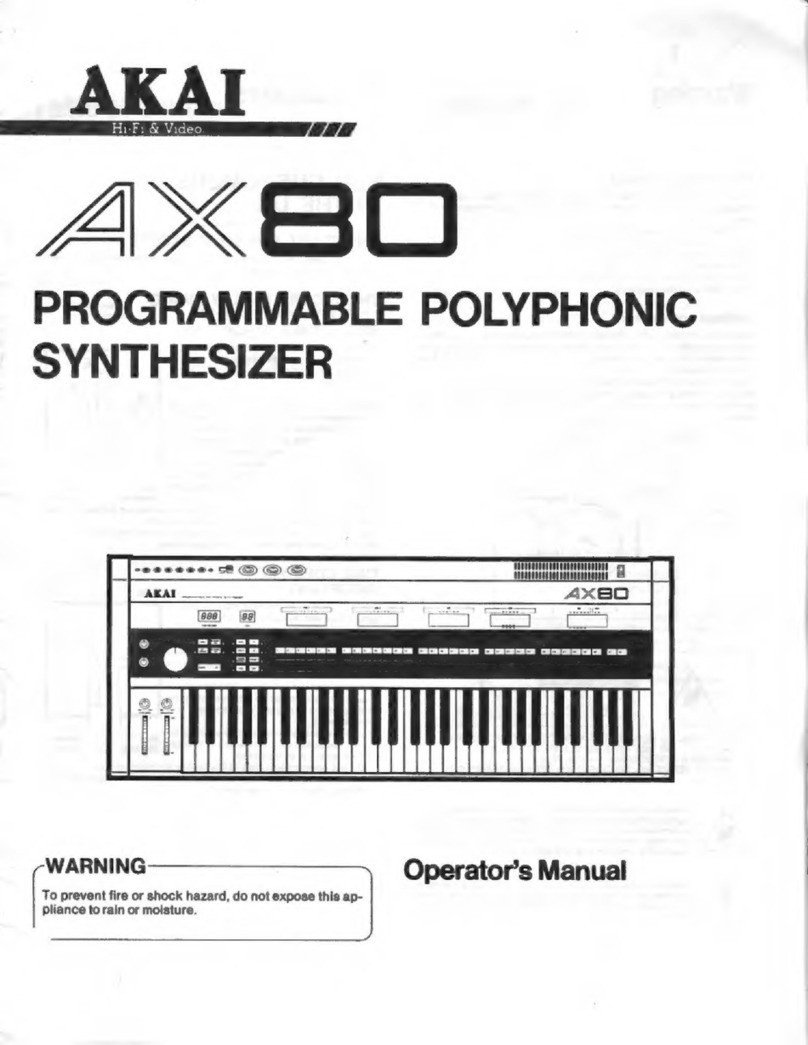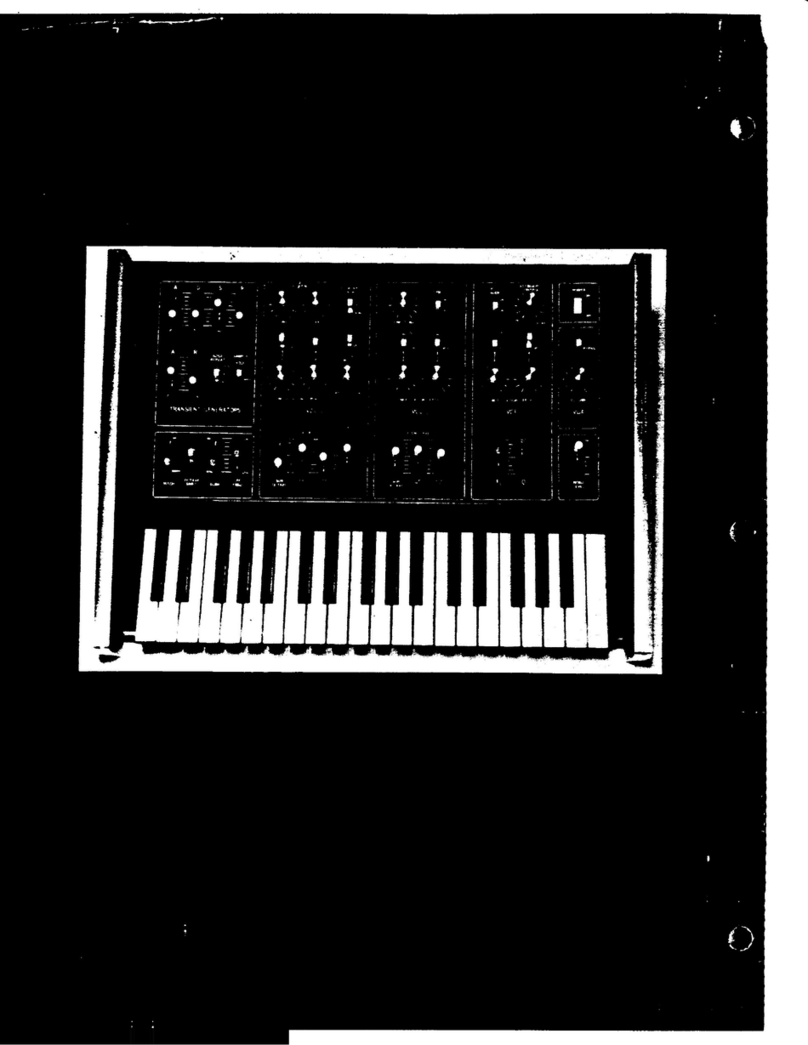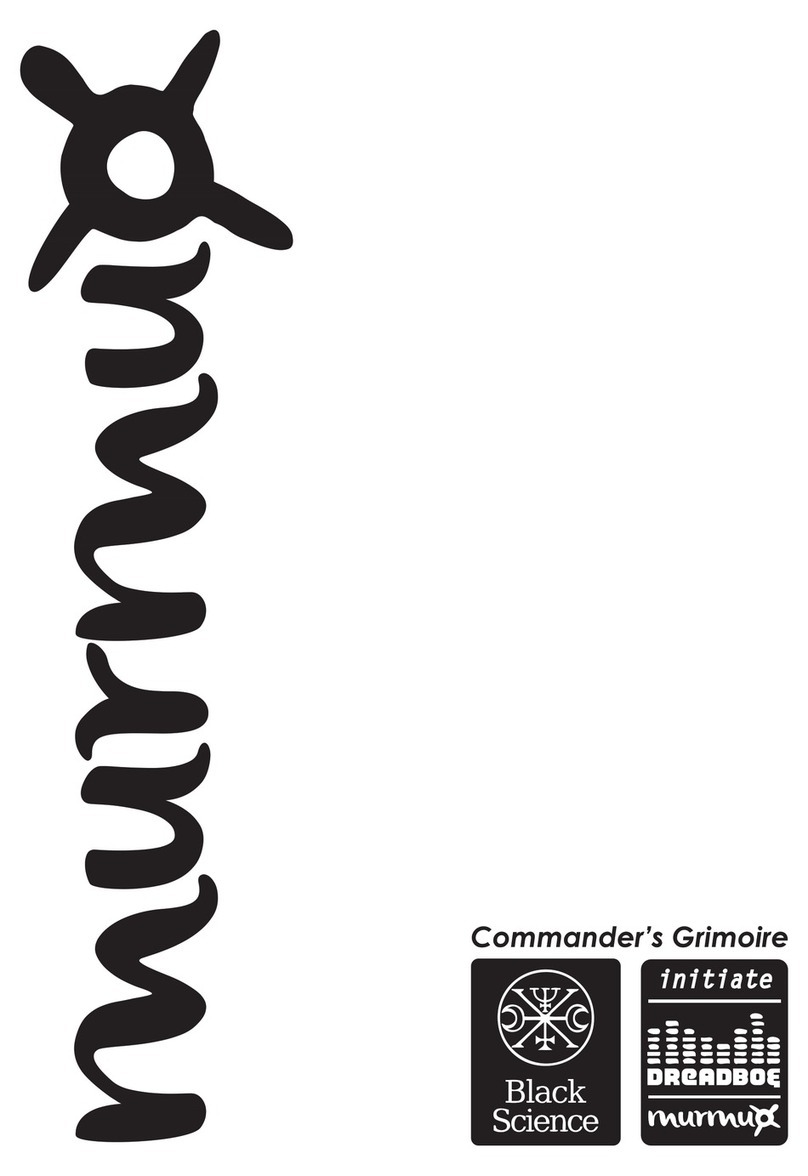
TIM
Ete
POSE
aks
fveere
te
dtvies
coves
eno
eet
ihe
deren
2-9
PIOTIOE
VASE
sxecstcciice
eho
eet
eae
at
ey
ucaieraler
belt
tatuedinetesete
2-10
Sound
ROM:
Vest
vies
cece
ssh
ea
lege
Seanad
cee
tae
badd
2-10
Mate
Test
ciipicscclsececna
bids:
caselatenenenngeriainalstete
tan
dutistasoaines
2-11
Delany
TRAM
Test
2cses
a
tasesstaetetsnnsnjeadnrsen
oataatages
focdoabeneanansna
2-11
LEDs
TeStertac
creed
tur
eevee
i
Ase
ee
2-11
VGM-
Port
TeStéisacicie
tlt
ioresh
vinta
cekeersas
an
eee
2-12
COU
CSE
iy
ait
ctce
eens
sates
toate
aaah
ses
eeecoataen
ek
eet
2-13
SCANTIOE
TCS
US
vesos
cezszcseswiewserraea
dna
teouieaven
tam
svereiereenenesae
2-14
Data
Wiel
citccccce.teecl
tiasaecegedet
oy
fataetoednas
accne
te
ieeeet
seats
2-14
Front
Pariel
Buttons:
«.
csecicccscgescassvenssascatiaaviccsnceadetsseeeenes
2-15
Front
Panel
Suid
ers
ics
ices
ane
een
nae
2-15
Keyboard
wsciestiaisisssenttatetdisnyeaneteceencatiedonilerarteisperseersaneastiaahs
2-16
Mod
Wheels
.....c.ccccscsecsceesseseeeeees
Pastas
eho
et
ch
2-17
Switch
Pedals
wicca
eee
ass
ine
eeaiosiinen
case
2-17
Continuous
Control
Pedals
.............cccccssssscccceeeenseneeeseeee
2-18
Chapter
3,
Disassembly/Assembly
TAtPOC
CHO:
a
esesintsnctei
anh
ancien
atin
ene
en
nines
3-1
EMI
Shields/Enclosure
Support
Wall
.........:ccsccesesesenees
3-2
PIG
UGS
oectecssited
A
veo
ted
daca
cte,
ta
alo
anasepwnants
datesatelpsaeesa
nates
eabtliags
3-2
Assembly
Instructions
siidisca.sectseccore:
ioc
tnaiienian
asain
3-3
BMY
SHEL
AS
ass
ccssen
dacs
ewsctsavscaacutvatisa
gaaleisth
daded
sales
Kec
Synedneawadebotlap
cateves
3-4
PIGUne
D2
ends
etcealerh
par
aidibanlinseatiananieece
el
aaneeiesest
3-4
Opening
the
PC8S
sicsicsdsetecestaeusatrccnscasesetaracaredasensttonneiwbvnayierts
3-5
FUGUES
O23
ates
ssascsvscsesaentnsinclecwanaacscennsles
ties
ee
lghate
soluatacubecoeaitebersnecs
3-5
Removing
the
Top
Cover
Assembly
........cssesecseeeneetees
3-6
Pipire.3
Aoaiiiiae
caigiettneieaariasans
pis
sbbieuastesderandscaalspaasdelnens
3-6
Pig
uire:
3.5
&
Jedsasssventieduv
conti
subitiabancsl
cuceodsi
cies
eeteaeact
ines
nipiete
ates
3-7
PiU
3G
cash
siyasencecstendecesta
stead
sagaadeseaep
nage
ott
eee
qenceana
aeeaeneesiese
3-8
Replacing
the
Top
Cover
.......scssssssssssesssssnsserssscsesseetsenonesnees
3-9
Removing
the
I/O
Board
......cccecseeseesssserseeseeesenesessenenereens
3-10
Replacing
the
[/O
Board
......ccccsssesseseeeeseeesenesssnseesenenenees
3-11
Removing
the
Control
Panel/Switch
Board
...............+4
3-11
Replacing
the
Control
Panel/Switch
Board
...........00+
3-12
Removing
the
LCD
Board
........ccessseeeeseeneeeeeneneereneneenes
3-13
Replacing
the
LCD
Board
.........:ssssssssssenenseneneesseeneesenetsans
3-14
Removing
the
Slider
Board
.........cccscccseseeteteeeeeeeteenenes
3-15
Replacing
the
Slider
Board
.........ccccssseseseeseeeseeeeeeneteneens
3-15
Removing
the
Engine
Board
........ccccceeeseteeeseseeteeneneees
3-16
Replacing
the
Engine
Board
........ccccscsesseeseseeseesseeneneneees
3-16
Removing
the
VGM
Board
.......ccssseeeetsseteneeeneeneneneeneees
3-17
PC88
Service
Manual
v
—
